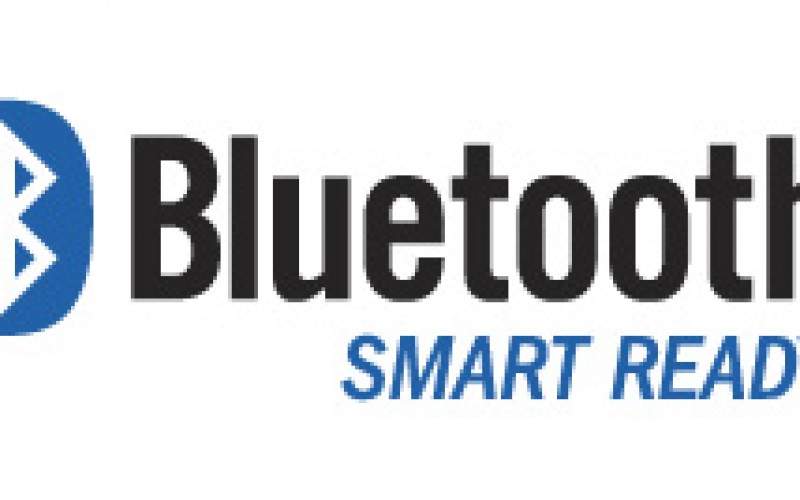
The role of Bluetooth Low Energy in embedded microcontrollers is opening up design, applications and services to users in the home and industry. Caroline Hayes (CH) asks Paul Williamson (PW), General Manager, Wireless Business Unit at ARM® how the technology is changing the IoT rulebook
By Caroline Hayes, European Editor
CH: As the IoT grows, how are wireless microcontrollers being used to introduce new functionality?
PW: The addition of wireless connectivity to embedded microcontrollers is changing the way consumers and developers think about products. Until recently the functions of an embedded product were fixed during development. The code for the device was locked and loaded into devices on the production line. The addition of wireless connectivity enables developers to update in the field, bringing new features or services to already deployed devices.
Figure 1: Paul Williamson, General Manager, Wireless Business Unit, ARM.
A wireless link changes the user experience. An embedded device can make use of a smartphone’s advanced user interface for set-up and control, and can adapt to the interfaces of the future, working with augmented and virtual reality interfaces.
Wireless connectivity may have been seen as an expensive feature in the past, but the value it brings to the developer and user far outweighs the marginal cost increase.
CH: Why is Bluetooth Low Energy (BLE, or Bluetooth Smart) ideally suited to IoT devices?
PW: Bluetooth Low Energy has some key advantages for embedded microcontrollers. Its greatest strength is the scale of deployment, it is available in almost all smartphone and mobile computing devices with software developer access in all major operating systems. This scale enables developers to create and roll out new products and services globally. Google is even bringing Bluetooth Low Energy access to the mobile browser so that there is no need to download a dedicated app to interact with a device.
The structure of the Bluetooth Low Energy protocol has been developed to offer common mechanisms for discovery and data transfer, but it is highly adaptable to any use case. You can see this in the huge range of applications, from connected toothbrushes to basketball.
In addition, Bluetooth Low Energy is exceptionally power-efficient for even the simplest of sensors, but can scale quickly to rapidly transfer bursts of data. This enables the power consumption to scale with the needs of the application.
CH: To add intelligence, ARM® is employing Bluetooth Low Energy technology. How is ARM helping developers maximize the use of BLE?
PW: ARM is helping to broaden accessibility by offering a complete IP solution to silicon developers. The ARM Cordio® IP is a complete Bluetooth Low Energy solution, from antenna to application software. The solution is qualified to the latest 4.2 standard of the specification, and enables ASIC or microcontroller developers to integrate wireless connectivity for rapid time to market.
ARM Cordio is valuable in general-purpose connected microcontrollers, but also enables connectivity for emerging application-specific designs. For example, Bluetooth Low Energy is a key technology in wireless charging, and can be added to industrial and medical sensor silicon.
CH: How can Bluetooth Low Energy enable future capabilities?
PW: The Bluetooth Special Interest Group (SIG) has announced the launch of new features in 2016 that will deliver enhancements to IoT applications.
The first of these is an increased data rate, which will enable faster firmware updates and more efficiency for large data exchanges in end products.
The second key feature is extended range. This is a new modem feature, which will allow Bluetooth Low Energy to operate with whole-home coverage without a change in the power consumption of the devices.
CH: What is the timescale for these to be introduced and available?
PW: ARM is working within the standard group to develop and prove these new features. ARM Cordio will support the Bluetooth SIG 2016 features at the launch of the standard later this year.
CH: How will they be used to full effect?
PW: Bluetooth Low Energy is enabling us to discover and interact with devices around us. Beacons using Bluetooth Low Energy enable your smartphone to discover and share information with a local context. Once users discover a device or service, they can take the next step of connecting to services to use that local data or service for a seamless experience.
Bluetooth Low Energy will be the invisible technology that will broker the interaction of many IoT devices.
In industrial applications this could allow a mechanic to merge motor maintenance knowledge with the tools in hand to the cloud-based manual and an inventory of supplies available, to maintain a factory device.
In the home, it will enable you to purchase personal fitness, or smart home devices from any vendor and update them, or configure them seamlessly, to work with your chosen services.

